中国共产党万岁
- 9 Posts
- 120 Comments
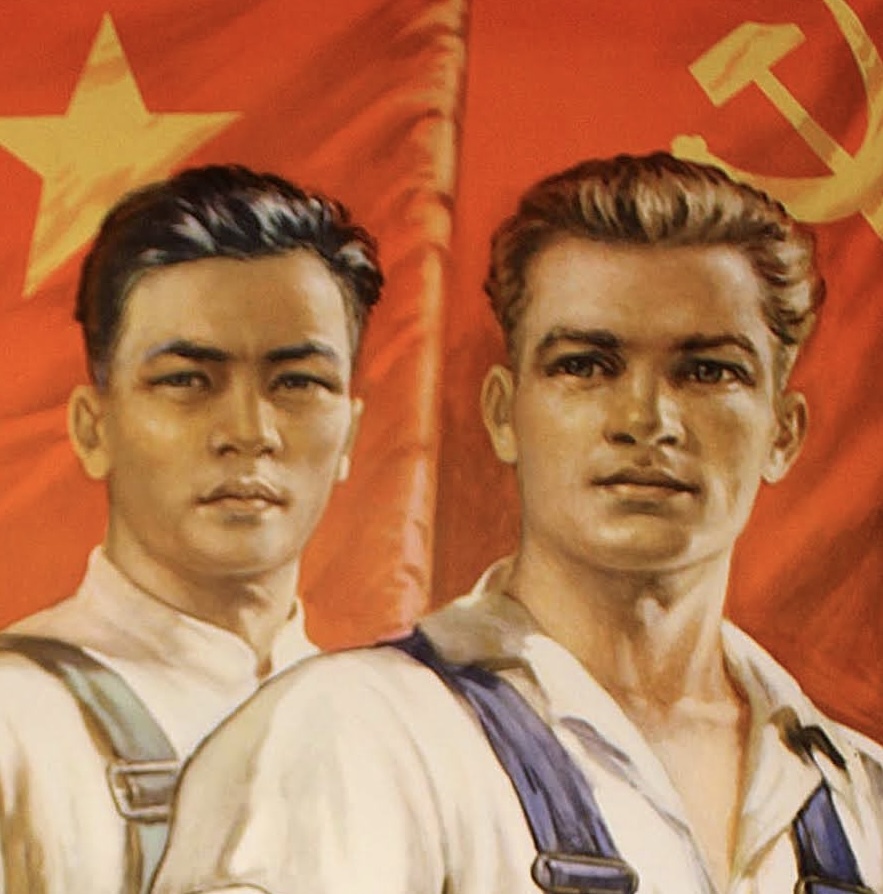
 ·2 months ago
·2 months agoThese are fair points. Thank you for the response!

 ·2 months ago
·2 months agoWhy should we listen to alarmist doomers who believe in near-term human exctinction? Climate change could take down industrial civilization and billions of lives within the course of a few decades or even years, but the idea that in about 1000 days the earth will look like venus and all humans will die strikes me as unhinged. this guy lowballs it, but I think there’s good reasons to be skeptical about the clathrate gun hypothesis

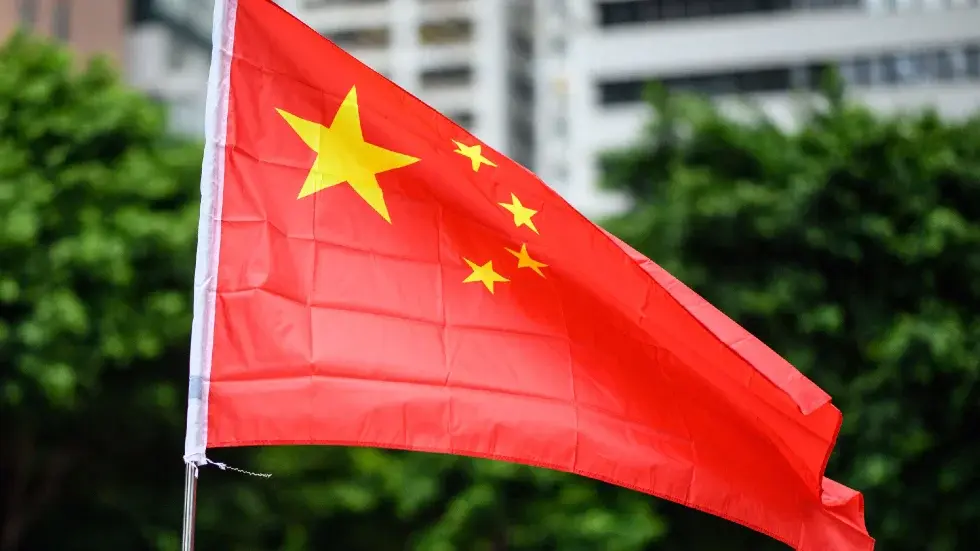 ·2 months ago
·2 months agoInshallah
here's a video with english subs to explain why 云南 is so special. here's another video that's more about 昆明 tourism
It's sad to see 苏州 (suzhou) characterized by its relationship to 上海 (shanghai), when 上海 is merely a city invented by China within the last 100 years to interface with the capitalist west. 上海's culture draws from the original, ancient cities of 杭州 (hangzhou) and 苏州. If history had played out slightly differently, 普通话 (common speech) would probably be their 吴语 (wu chinese) due to 南京 (nanjing)'s influence.
Chinese people I've heard from generally say 昆明 (kunming) is the best place to live, at least from a natural scenery and weather perspective. Here's a map, where 昆明 is outlined in the 四季如春 (four seasons as spring) area, meaning the weather year-round is like spring. Beyond the climate, 云南 (yunnan), where 昆明 is located, is a mountainous province that is also a biodiversity hotspot. There's bountiful microclimates and many local cultures as well. Definitely not a "Max GDP" sort of place, but the other factors are incredibly good.
Yes because they didn’t build enough townhomes

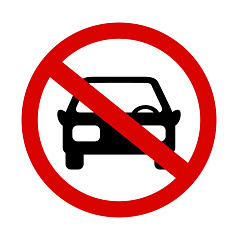 ·3 months ago
·3 months agoThe largest urbanized areas are all in the states, with cities of 7 million like Boston having more built-up area than 37 million tokyo-yokohama. Nobody can hold a candle to <1000person/km2 density in statesian cities. It’s absolute madness. I guess prodigious consumption of resources makes the economy looks good though.
 ·3 months ago
·3 months agohere's a rec if anyone's interested. kinda fat-phobic but a heartwarming movie nonetheless

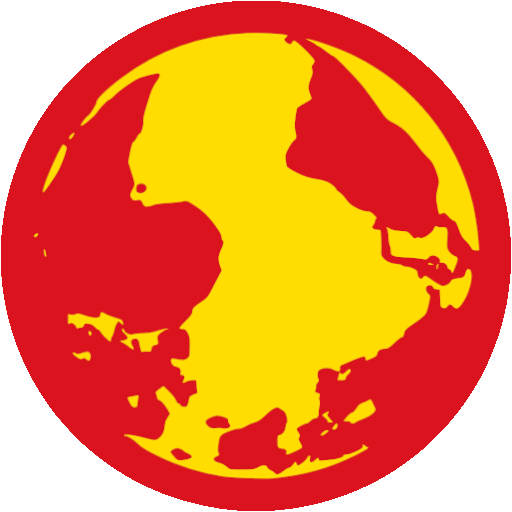 ·3 months ago
·3 months agoI can’t wait until australia and new zealand are kicked out of the imperial core through economic warfare. Demographically, it’s already well on its way to becoming an asian country. The west can play in the north atlantic.

 ·3 months ago
·3 months agowow, that’s awesome, thank you for sharing! I’m guessing in 广西 you’re seeing a lot of 庄族文化. Whatever you’re up to 我祝你万事如意
Even some billionaires seem perfectly content with one home lmao

 ·3 months ago
·3 months agoooh have you been before? what was it like?

 ·3 months ago
·3 months agoNo, the author is not an anticommunist. This book would not be so widely promoted in China if it were anticommunist. His depictions of the cultural revolution are focused on the suffering people went through in a neutral way. I don’t think it’s controversial in China to say that there were issues with the cultural revolution that led to suffering for some. Here’s an official narrative to summarize the cultural revolution on Chinese internet:
文化大革命全称“无产阶级文化大革命”,发生于1966年5月至1976年10月,是一场由领导者错误发动,被反革命集团利用,给党、国家和各族人民带来严重灾难的内乱,留下了极其惨痛的教训。[1][3][4]
The full name of the Cultural Revolution is the “Proletarian Cultural Revolution”, which took place from May 1966 to October 1976. It was a civil unrest that was wrongly launched by leaders and used by counter-revolutionary groups to bring serious disasters to the Party, the country and the people of all ethnic groups, leaving an extremely painful lesson.

 ·3 months ago
·3 months agoI urge you to read To Live. I think it would help you through these emotions

 ·3 months ago
·3 months agoIt is true that there are many hotels across NYC that have been repurposed to house newly immigrated people. The people living there are mostly from Latin America, but also there are hotels of people just from sub-saharan Africa, so it’s a diverse mix.
I am in contact with someone who works directly on managing new immigrants for NYC. From what they’ve told me, it is a serious crisis for the city, since they are constantly looking for increasingly creative ways to house everyone. Their allocated capacity would run out and they’d have to scramble to accommodate new arrivals.



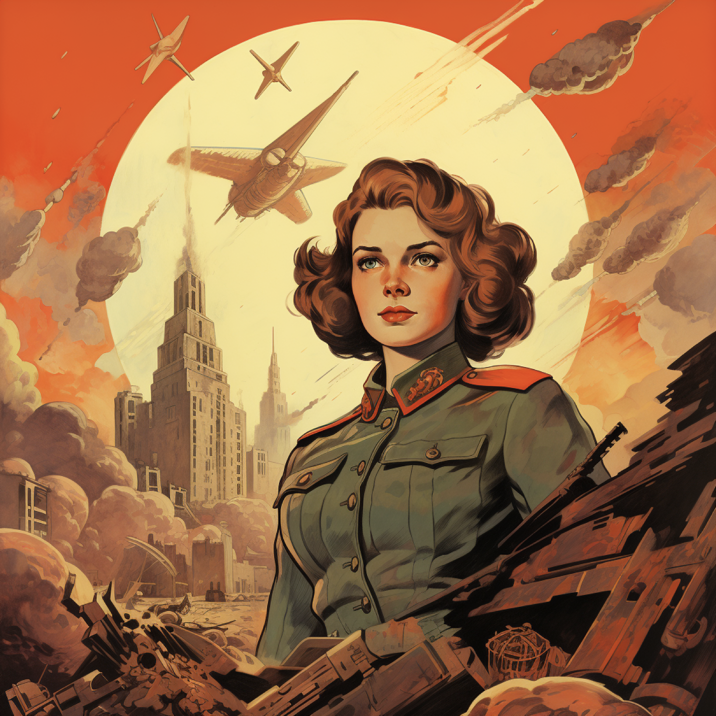
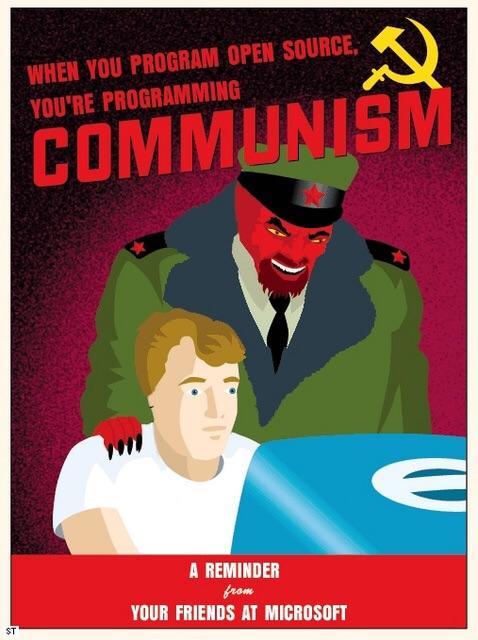
Excellent video, thanks for sharing